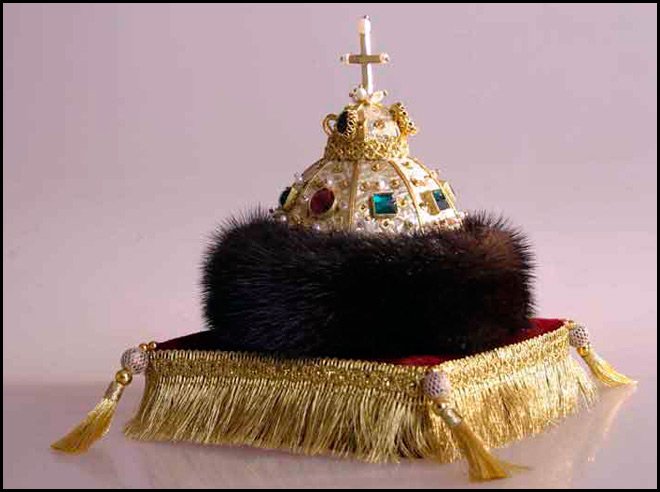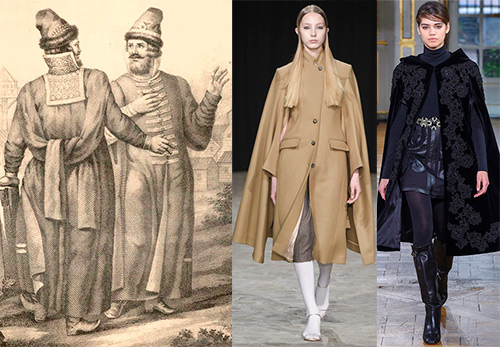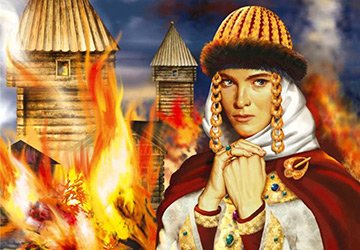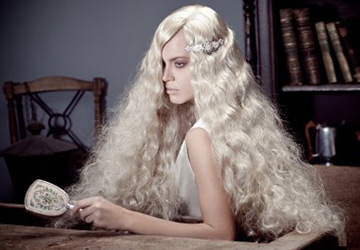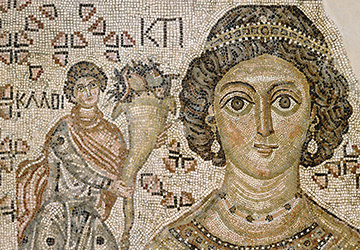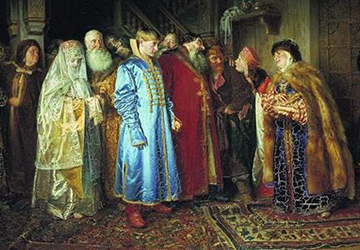Art
Costume and fashion of Moscow Russia
What is ohaben? How to wear a ferryaz correctly? And how does telogray differ from dushegreya?
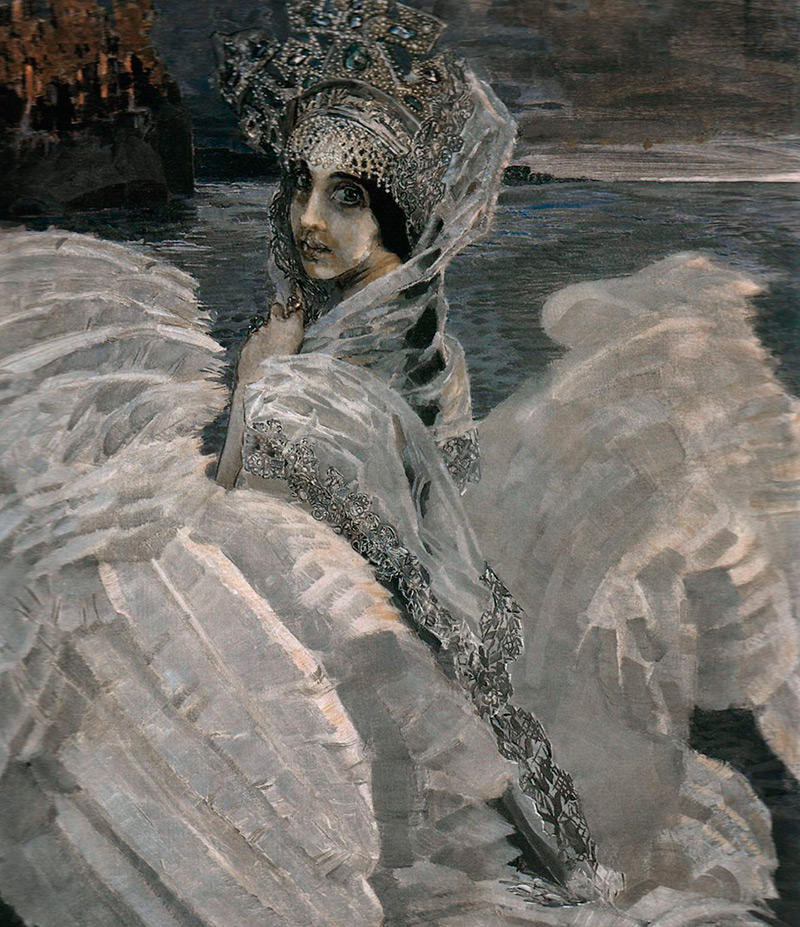
M. Vrubel
Swan princess
Historical reference
The first state of the Eastern Slavs is Kievan Rus. Kievan Rus existed from the 9th to the 13th century. And then it broke up into many principalities - Polotsk, Novgorod, Chernigov. In history, this period was called the period of feudal fragmentation. Kievan Rus, like other medieval European states, was never centralized.
Medieval states gathered from many lands with their own characteristics and customs, and then disintegrated on these same lands. And only after a period of feudal fragmentation and wars, more centralized countries with a single system of government will begin to form.
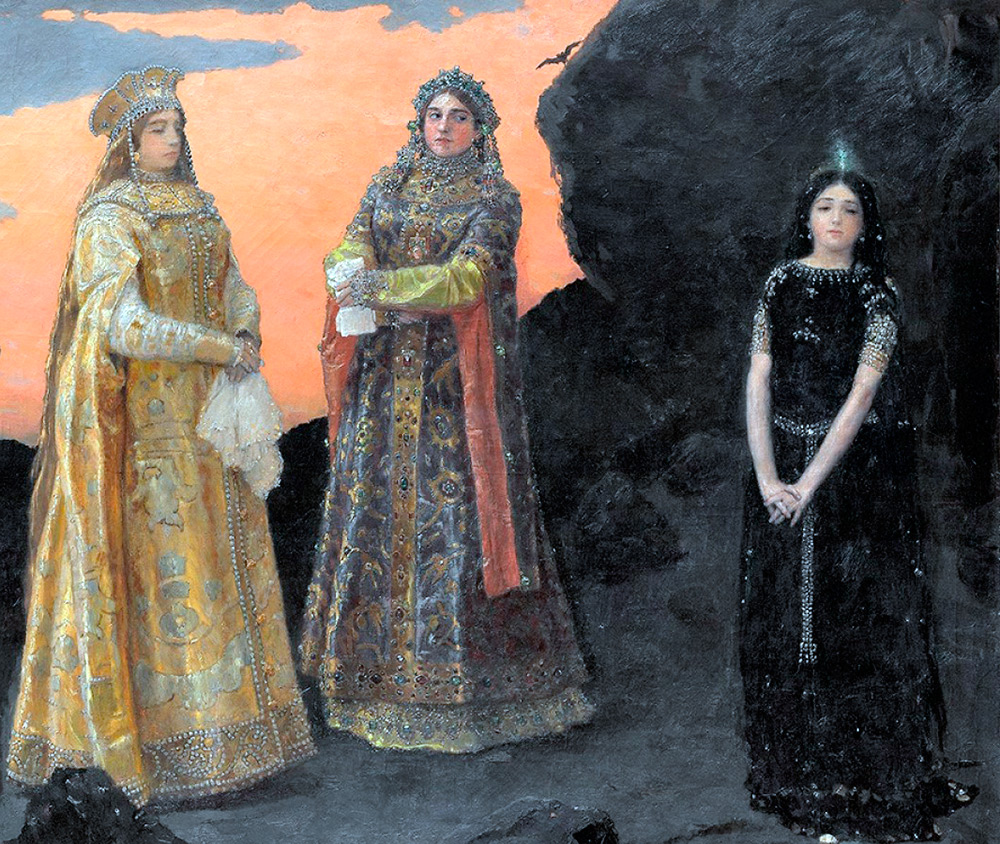
V. Vasnetsov
Three princesses of the underworld
In the history of the Eastern Slavs, the disintegration of Kievan Rus coincided with the period of the Mongol-Tatar invasion. But at the same time, the Mongol-Tatars did not reach all the lands. For example, the Polotsk principality did not fall under the Mongol-Tatar yoke.
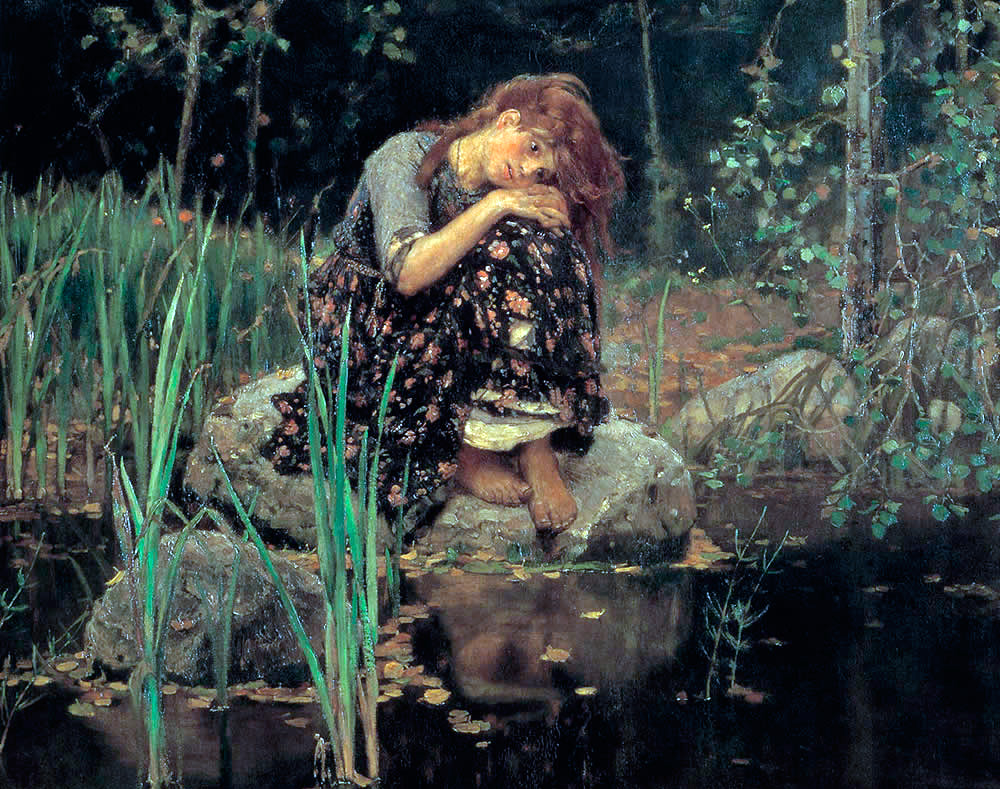
V. Vasnetsov
Alyonushka
After some time, the period of feudal fragmentation ended. The young Moscow principality began to collect the Russian lands that were once part of Kievan Rus. But it is not alone. The Grand Duchy of Lithuania became the rival of the Moscow principality in the gathering of Russian lands.
Moscow Rus costume
Muscovite Rus continued the traditions of Kievan Rus not only in the political and religious spheres, or in the field of art - all the same white-stone churches with domes, icon painting, but also in clothing.
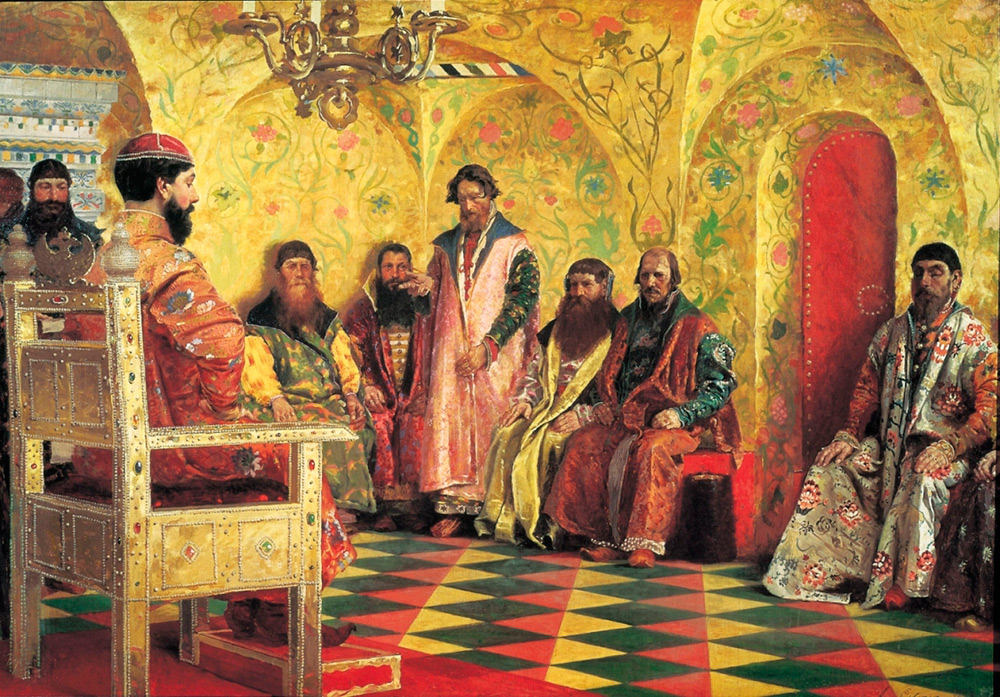
A. Ryabushkin
Mikhail Fedorovich at a meeting of the Boyar Duma
The basis of the costume of Muscovite Rus was the costume of Kievan Rus - shirts, trousers-ports. But at the same time, in the costume of Muscovite Russia, the division into estates is already more noticeable. The peasants' clothes are simple, without any decor.
Boyar clothes from expensive fabrics with a lot of embroidery or jewelry in the form of precious stones. Also, the clothes of the boyars of the times of Muscovite Rus are becoming more diverse.
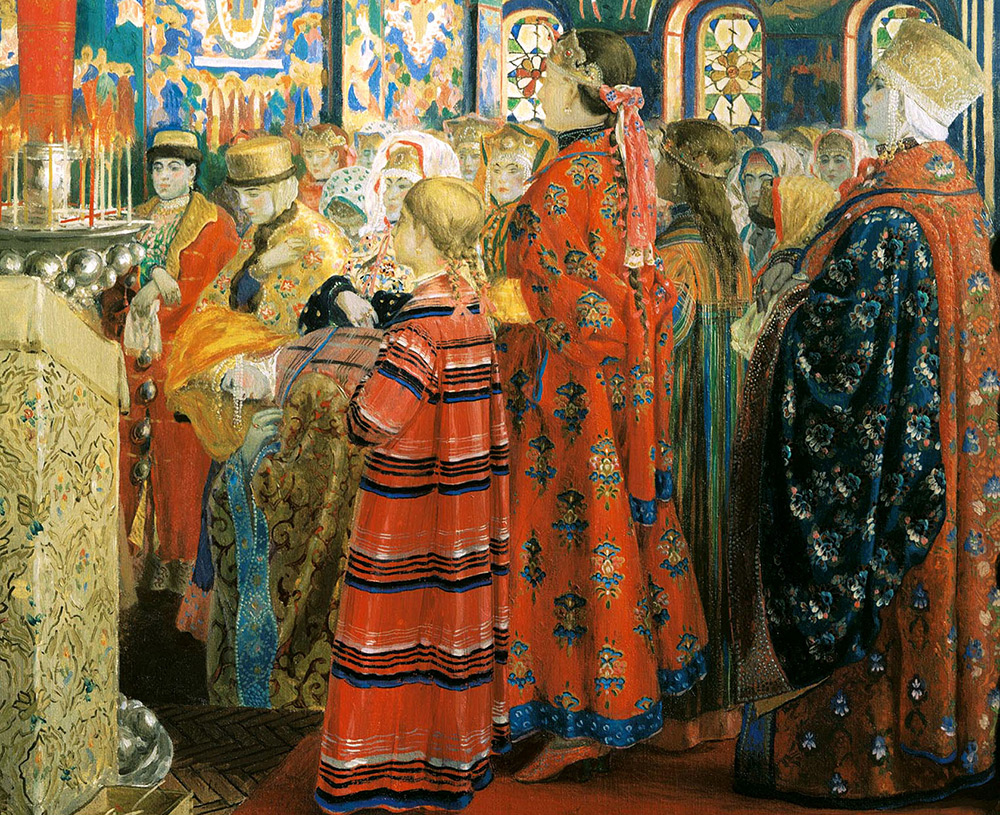
A. Ryabushkin
Russian women of the 17th century in the church
Both the length and width of the garment increase. In general, both men's and women's clothing of the times of Muscovite Rus resemble in their shape a trapezoid expanding downward. Moreover, the width of the clothes from top to bottom in extreme cases could reach up to 2-6 meters.
In a women's suit it is during the times of Moscow Russia a traditional Russian sundress appears, also very wide from top to bottom. In Kievan Rus, sundresses were not worn.
Male costume of Moscow Russia
So, if you are a man and were born in Moscow Russia of the XV-XVII centuries, then in the morning you will definitely wear:
• Pants ports - narrow, fastened at the waist with laces. If you are lucky to be born a boyar, then there will be two pants. The upper ports are made of a more expensive fabric such as silk. In winter, fur-lined ports could be worn.
• Shirt... In Muscovite Russia, fashionable kosovorotki shirts appear. In such shirts, the slit at the collar was not in the middle of the chest, but on the side. If you were a nobleman, or even better a boyar, then your shirt could be decorated with a necklace collar (overhead collar) and wrists (overlays around the hands), sewn from expensive fabric and decorated with precious stones and pearls.
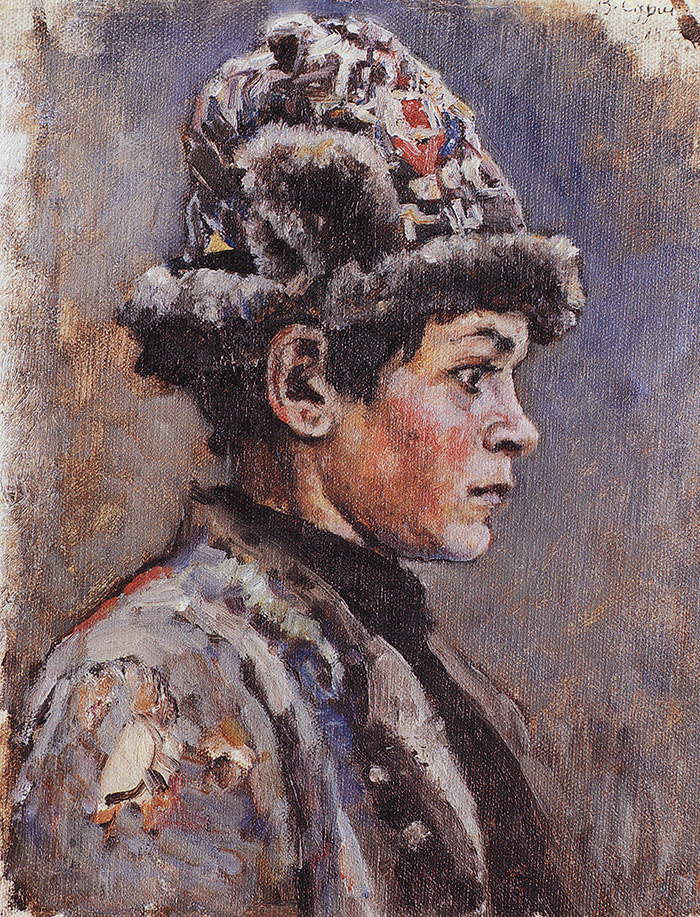
V. Surikov
Thoughtful teenager. Study for the painting "Boyarynya Morozova"
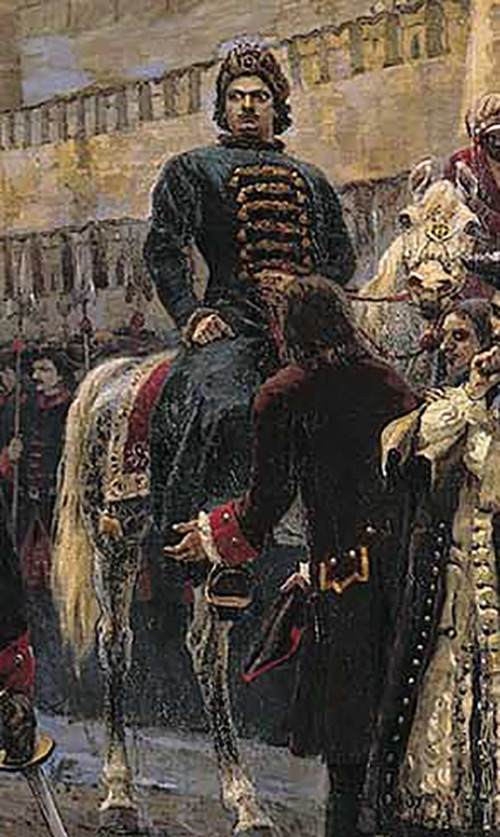
V. Surikov
Morning of the streltsy execution. Fragment
• Zipun... Outerwear for peasants. For the boyars - the lower one. The zipun was sewn from light fabrics, buttoned end-to-end, had long narrow sleeves fastened with buttons and a necklace collar. At the waist, a zipun was definitely worth a girdle.
• And finally, unless of course you were a peasant, you had to wear a caftan.Caftans in Muscovite Rus were of the most varied types and purposes.
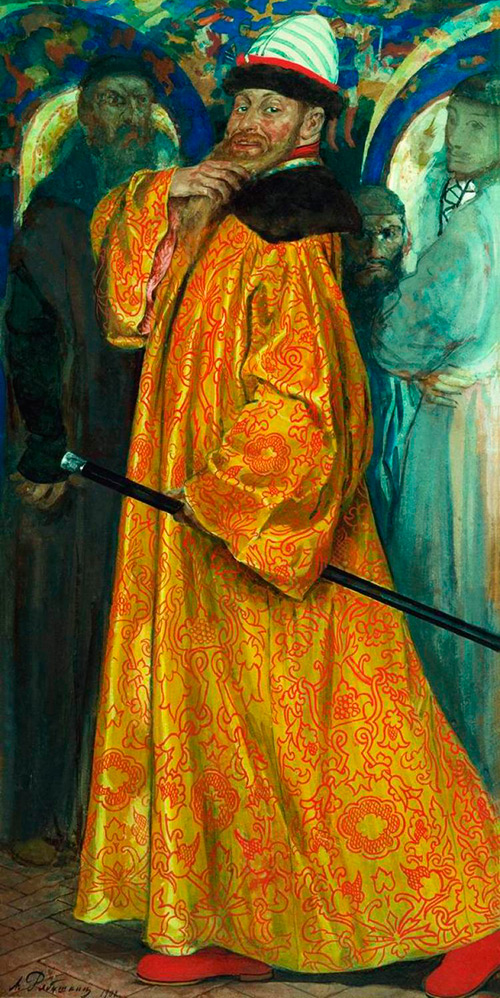
A. Ryabushkin
Granted a fur coat from the royal shoulder
• We almost forgot about the fur coat. And you shouldn't forget about her at all. In the harsh Russian winters, representatives of absolutely all classes of Muscovite Rus wore fur coats. But the fur was different. Sable coats were considered the most expensive. Boyars could throw on a fur coat in the summer to demonstrate their wealth.
Types of caftans of Moscow Russia
The caftan could be ordinary - long unsuitable and with a butt closure. Since the 17th century, a trump collar was worn with such a caftan - a standing high and richly decorated collar.
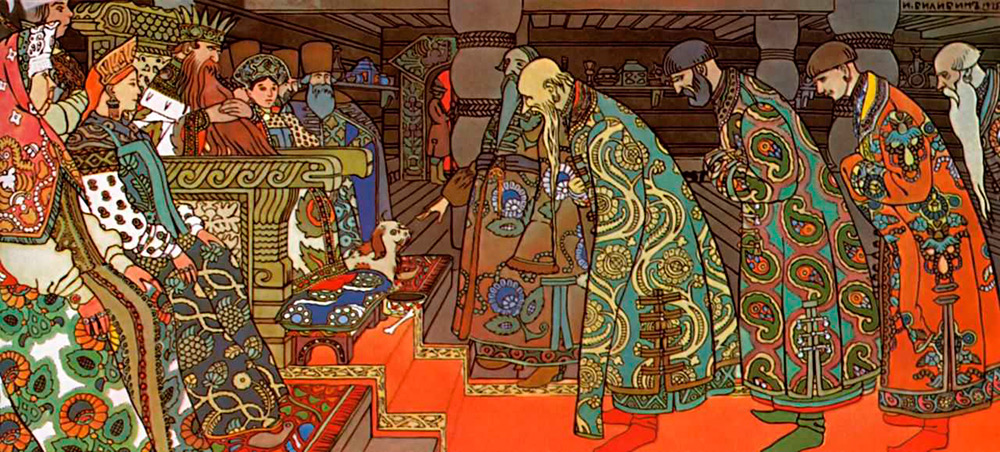
Illustration by artist I. Bilibin
The caftan could be a cadre, that is, sewn according to the camp - according to the figure. Such a caftan had short sleeves - up to the elbow.
The Polish caftan was also worn in Moscow Russia. Such a caftan looked like European clothing, and the fashion for it came to Moscow Russia through the territory of neighboring Poland - hence the name Polish caftan.
In Muscovite Russia, many Western novelties of that time were called Polish or German. The Polish caftan had a figure-hugging bodice and a "skirt" in pleats from the waist to the bottom. The sleeves of such a caftan were long, puffy at the shoulder (puffs), and narrow below the elbow.
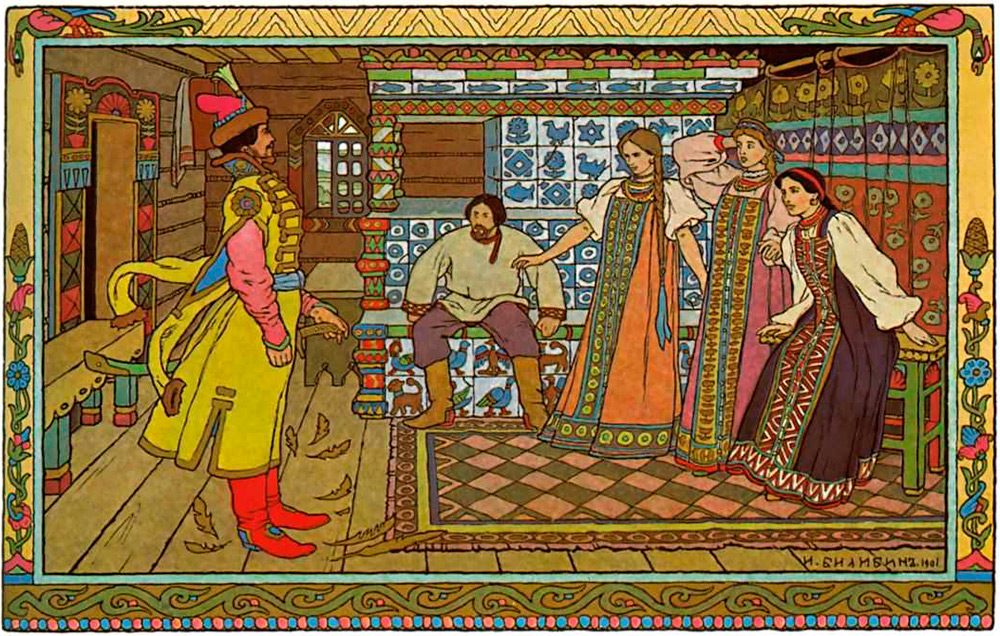
Illustration by artist I. Bilibin
Another caftan is terlik. Such a caftan was worn by the guards of the Moscow prince. In general, the terlik was a copy of the Polish caftan. But there was also a difference - in front of the terlik there was a bib, which was fastened on the right - on the chest and shoulder.
Feriaz is also a caftan. Kaftan, which was sewn from expensive fabric (velvet or silk), often with a fur lining. Feryaz was worn in such a way that the sleeve was worn only on the right hand, while the left sleeve hung down to the floor. Thus, it was emphasized that the boyars do not work. The expression “to work carelessly” has also gone from ferryaz. Feriaz was long and wide at the bottom. The width of the queen at the bottom could reach up to 3 meters.
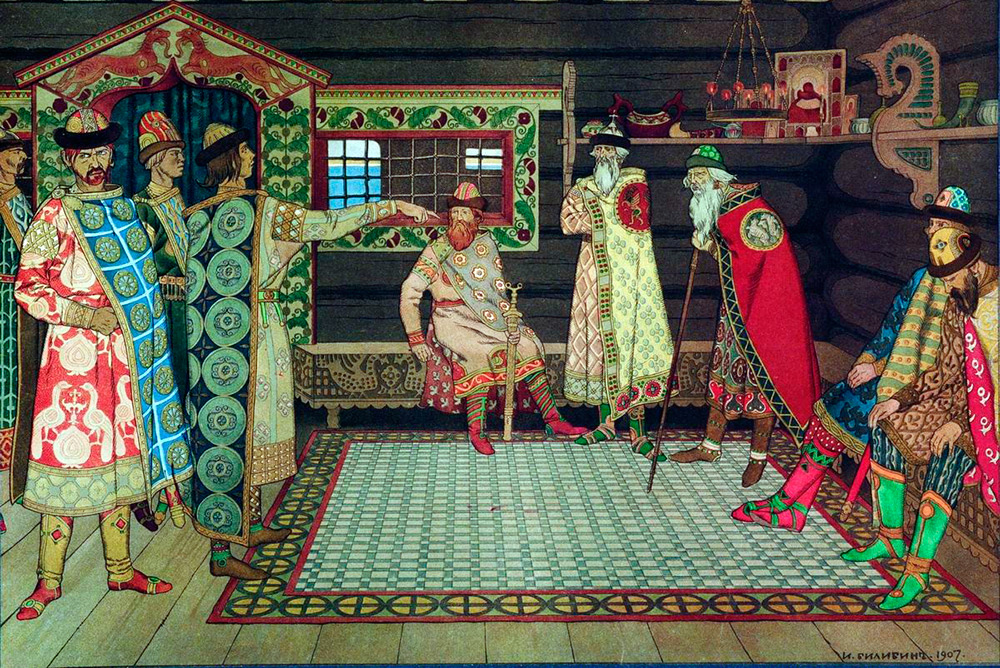
Illustration by artist I. Bilibin
Also, boyars and nobles of Moscow Russia could wear ohaben - outerwear with narrow sleeves and a quadrangular collar up to the middle of the back. Or opashen - such clothes were simply thrown over the shoulders, while the long sleeves hung down at the sides. Opashen did not girdle.
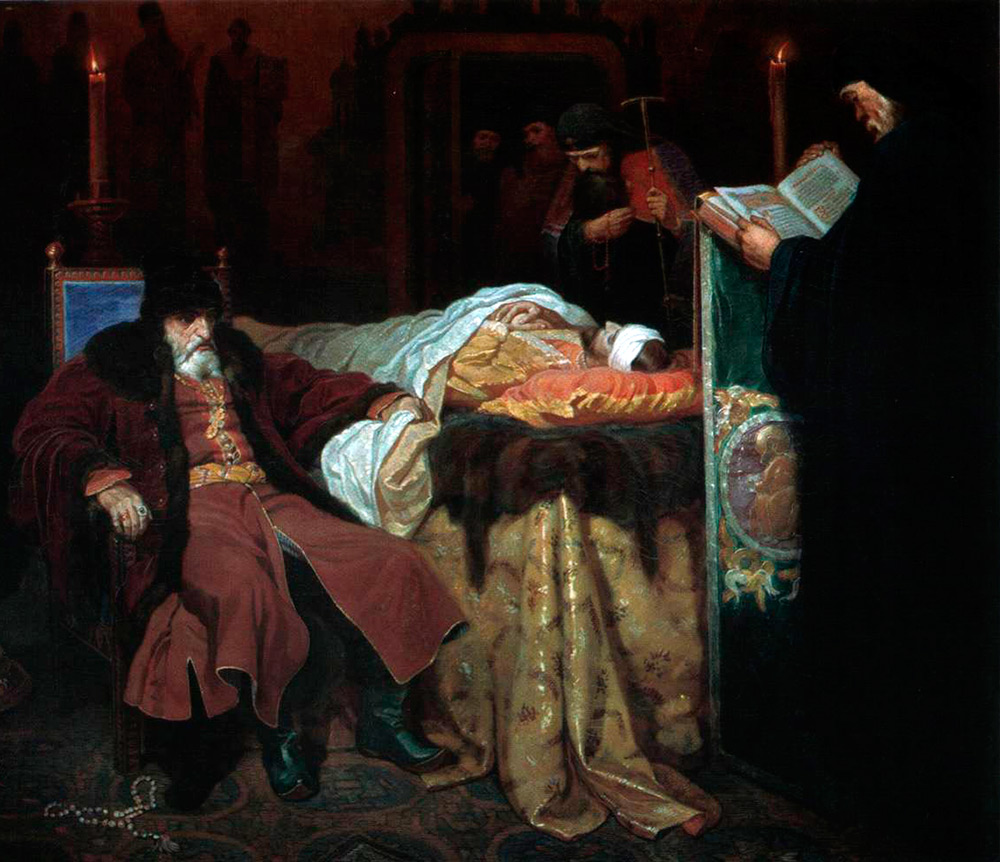
V. Schwartz
John the Terrible
Women's costume of Moscow Russia
The underwear of the women was a shirt. Top - sundress.
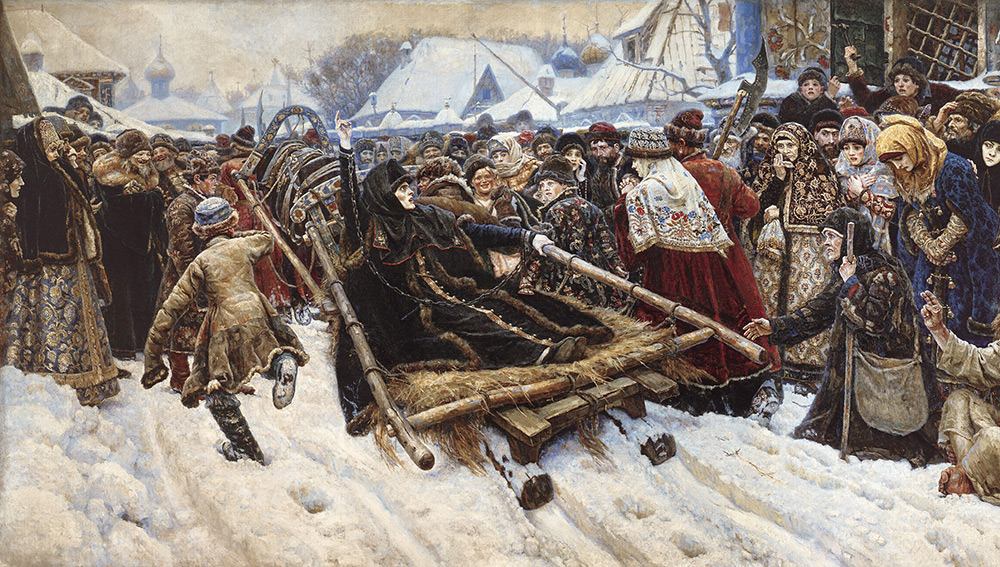
V. Surikov
Boyarynya Morozova
The sundress was belted under the chest, kept on the straps and expanded towards the bottom. The sundress was decorated with just a vertical strip and a number of decorative buttons, most often pewter.
They sewed a sundress from a wide variety of fabrics. Everything depended on who would wear this sundress - a peasant woman or a noblewoman. So, sundresses in Moscow Russia were sewn from silk, brocade or canvas.
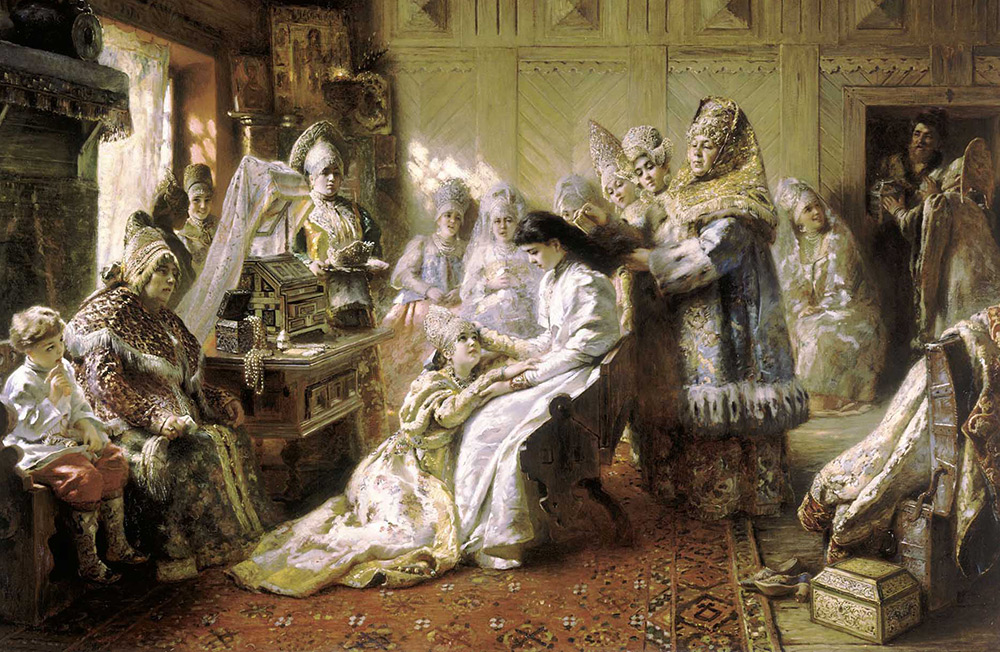
K. Makovsky
Down the aisle
In addition to the sundress women of Moscow Russia could be worn on a neva or a zapona - types of clothing that came from Kievan Rus.
Poneva is a skirt, most often with a diamond-shaped or checkered pattern. A zapona is an overhead garment that is not sewn on the sides. Such clothes were worn over a shirt and with a belt.

K. Makovsky
Hawthorn at the window with a spinning wheel
The upper women's clothing in Muscovite Russia was a summer man, a soul-warmer, a padded jacket. Letnik - overcoat with bell-shaped sleeves hanging down to the floor. The sleeves and collar of the summer were decorated with voshvas - triangular pieces of expensive fabric (velvet or satin), which were embroidered with pearls and gold.
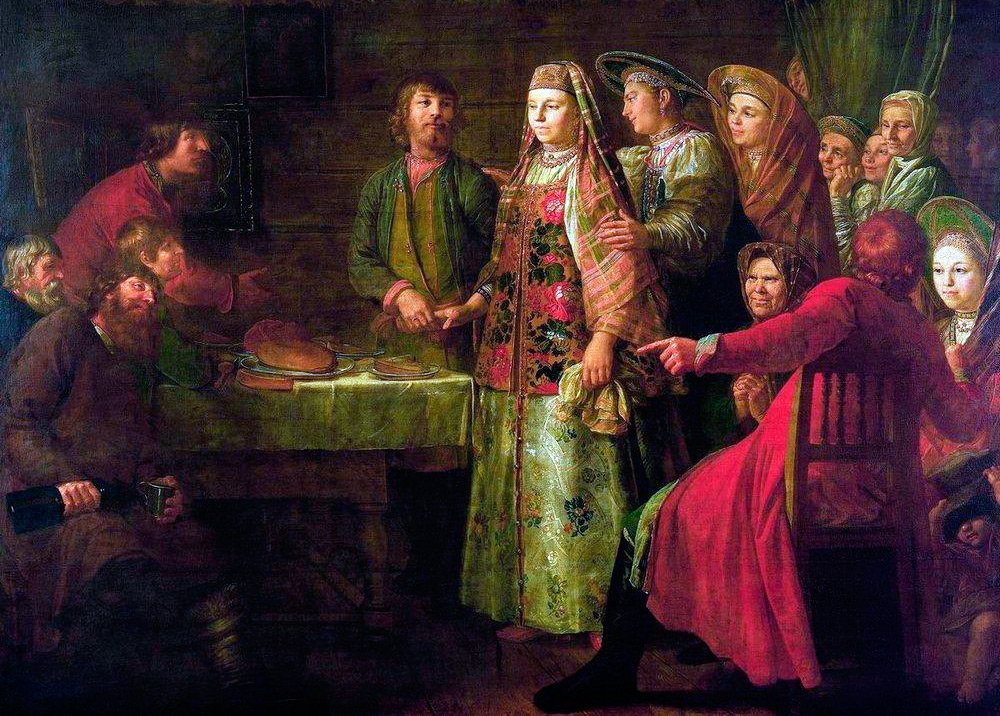
M. Shibanov
Celebration of the wedding contract
In this picture, the girl in the center is depicted in a shower
Soul heat - clothes, which, if warmed, then only breathe. It was outerwear, short (waist-length), with straps, like a sundress. A soul warmer was sewn from fabrics with patterns and worn over a sundress.

A. Ryabushkin
The family of a merchant in the 17th century
This picture on the left shows a padded jacket (white)
But the padded warmer could already warm. Telograya is a long outerwear with a front closure and long sleeves. The cloak of the padded jacket could be in the form of buttons or strings.
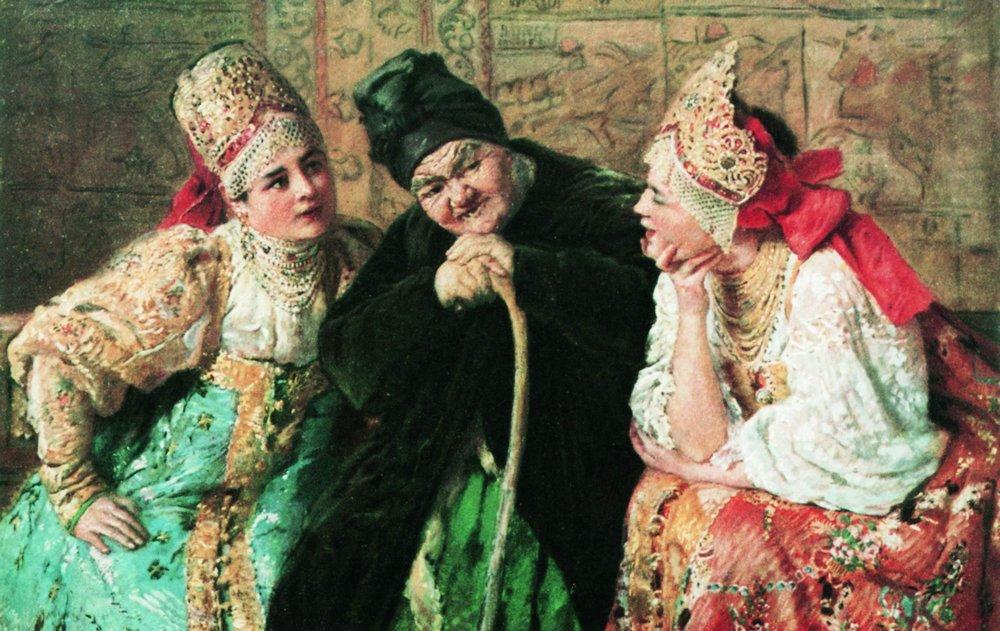
K. Makovsky
Matchmaker
The hair of a woman of Muscovy Rus had to be hidden under a headdress. Most often it was a scarf. The most elegant headdress of the times of Muscovite Rus was undoubtedly the kokoshnik. Kokoshniks, like sundresses, over time have become indispensable elements of Russian folk costume.
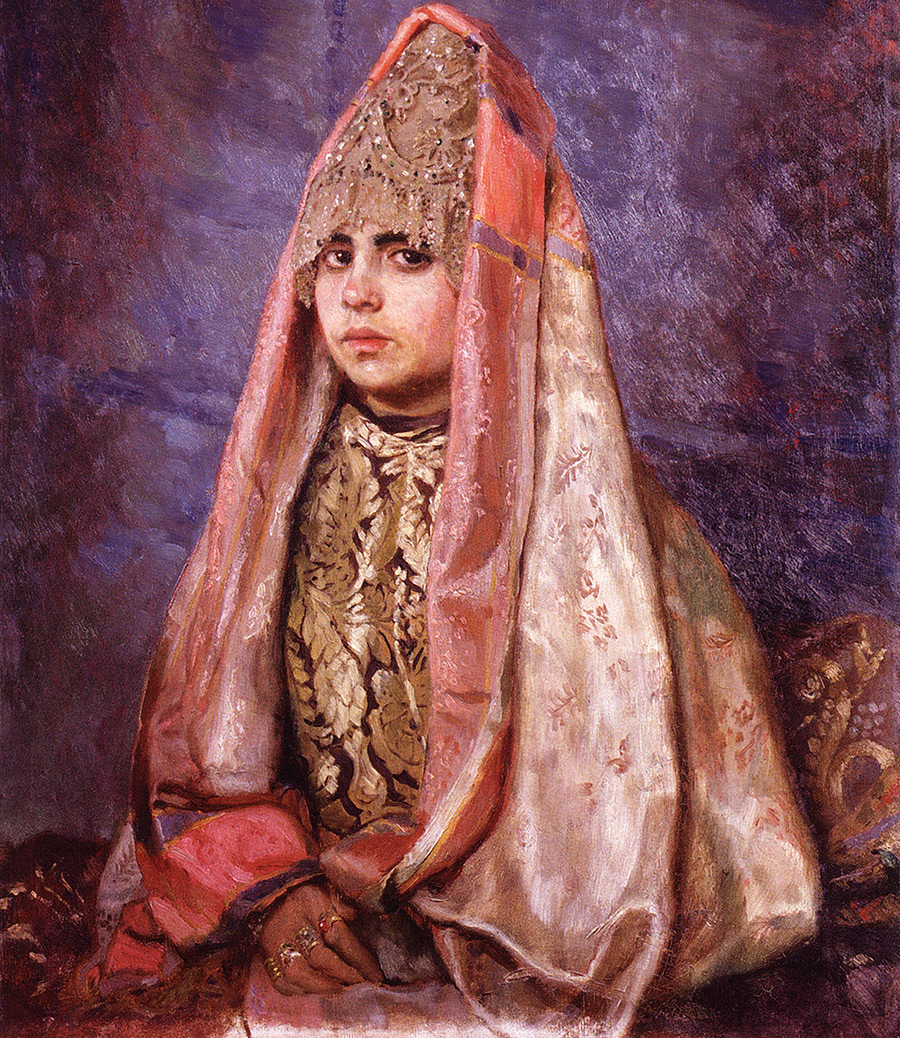
V. Vasnetsov
Hawthorn
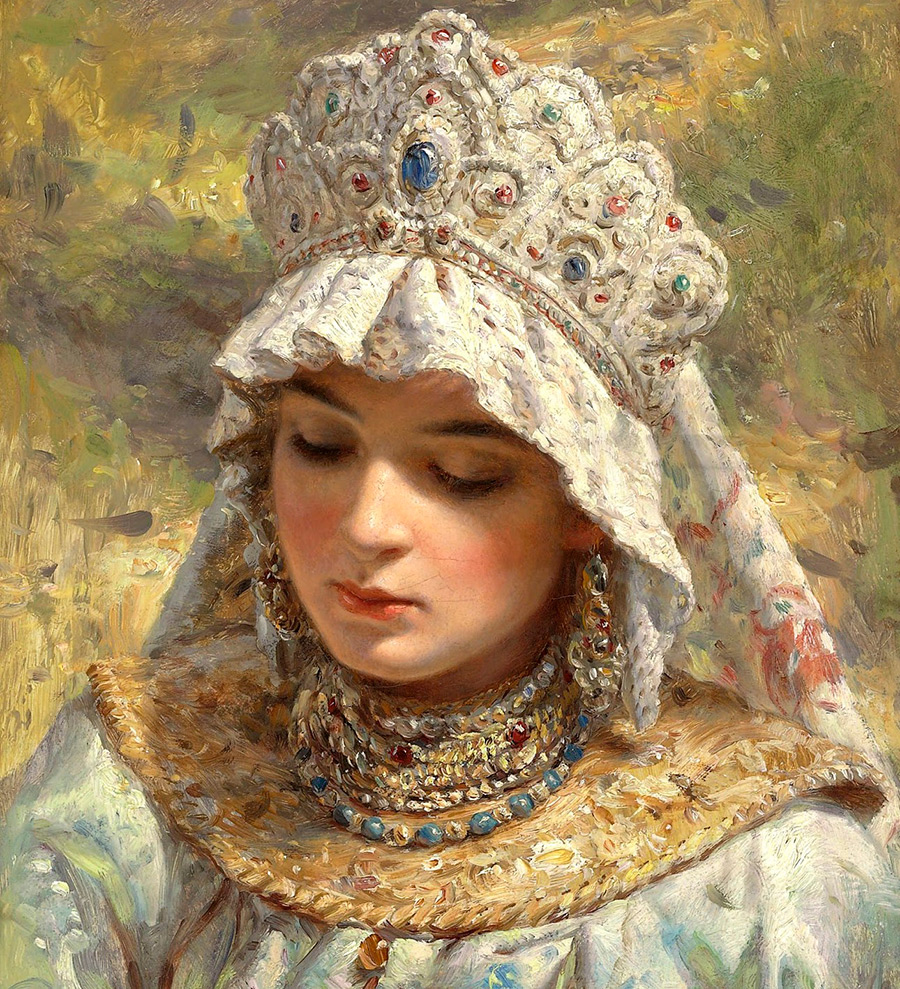
K. Makovsky
Hawthorn
Kokoshnik is a headdress with a high front part. A cover made of expensive fabric could be attached to the back of the kokoshnik, and in front it was abundantly decorated with pearls.
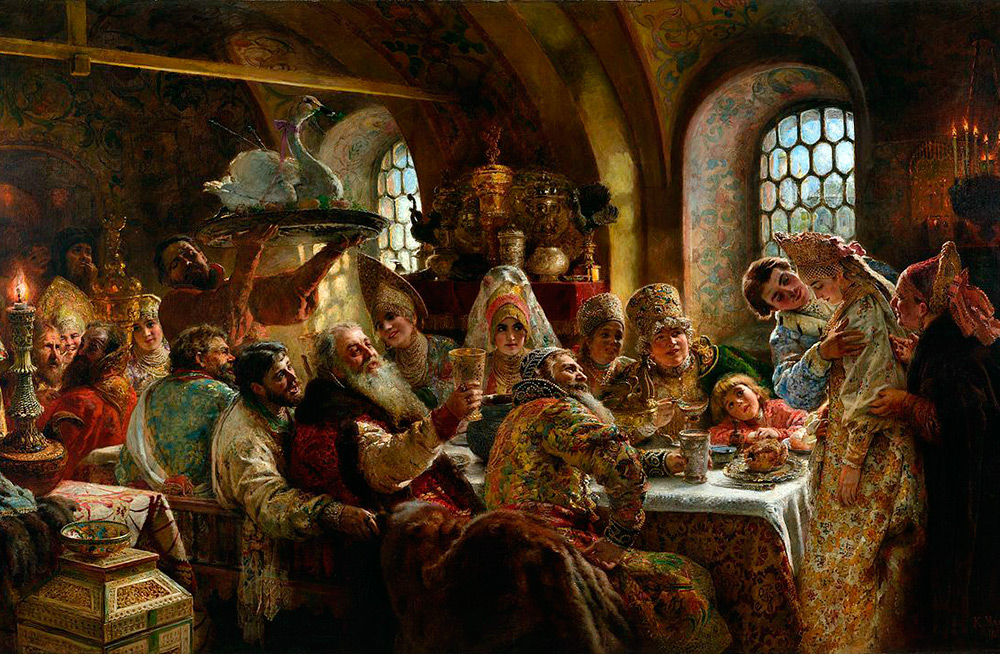
Comments and Reviews
Add a comment
Rating news
Shades of clothing that make women look younger
What shades of hair make women younger: rules and photos
Funny wedding dresses - photos and ideas
12 most expensive down jackets for the winter
How to look 25 at 40: tips from supermodels
Beautiful schoolgirls
Anti-aging haircuts and hairstyles for women
Fashionable skirts for autumn and winter
Fashionable women's trousers for the cold season
Fashionable and stylish sandals for summer 2024
Spring-summer 2024
 Fashionable dresses and tops with thin spaghetti straps
Fashionable dresses and tops with thin spaghetti straps
 Bandana tops: how to wear stylishly and beautifully
Bandana tops: how to wear stylishly and beautifully
 How to put together the perfect men's wardrobe for the summer
How to put together the perfect men's wardrobe for the summer
 Trendy shorts for spring-summer 2024
Trendy shorts for spring-summer 2024
 Fashionable skirts for spring-summer 2024: a guide to online shopping
Fashionable skirts for spring-summer 2024: a guide to online shopping
 The most fashionable dresses spring-summer 2024: styles and colors
The most fashionable dresses spring-summer 2024: styles and colors
 Fashionable total look 2024: image ideas and trends
Fashionable total look 2024: image ideas and trends
